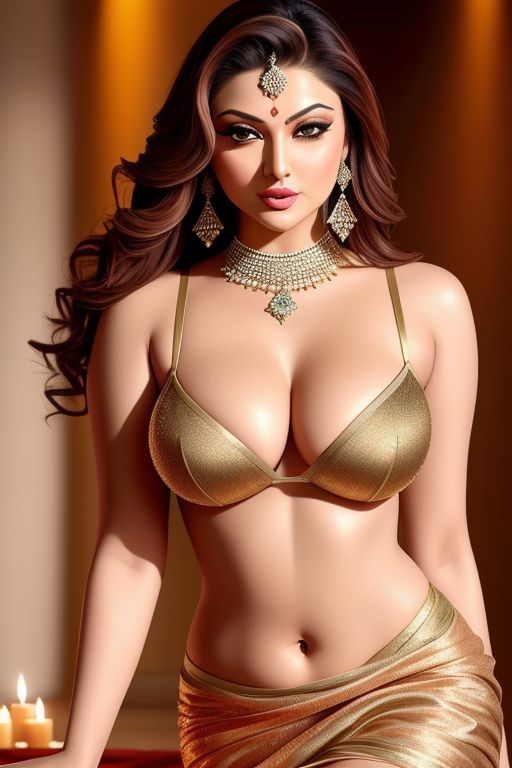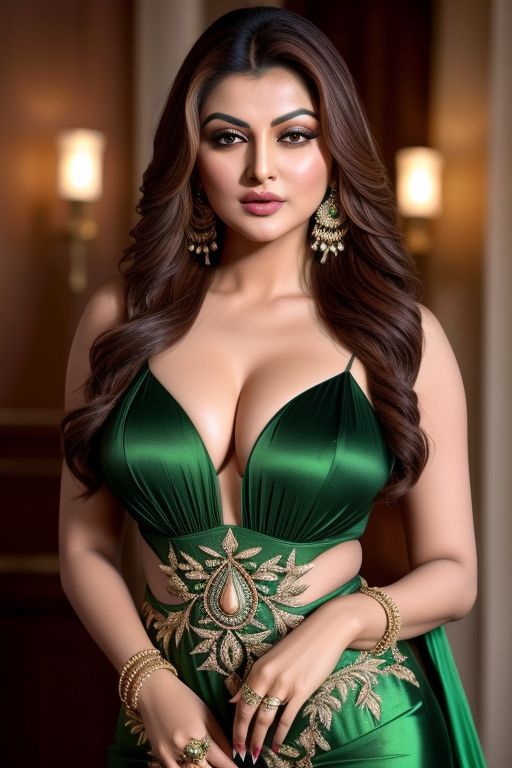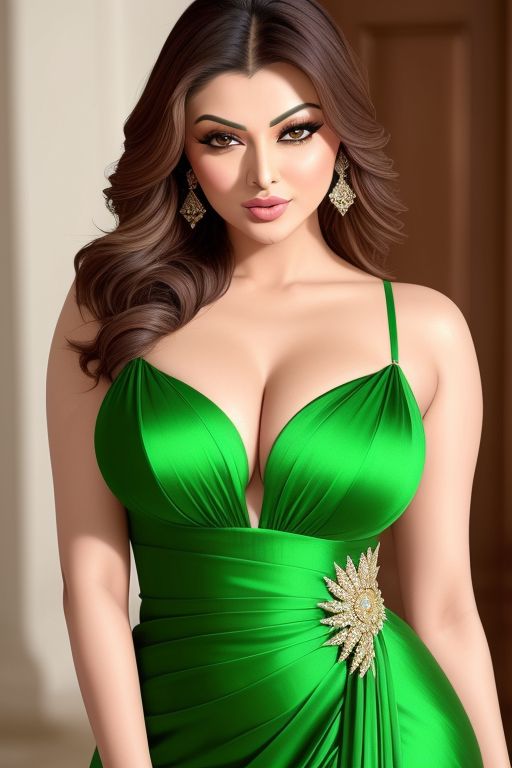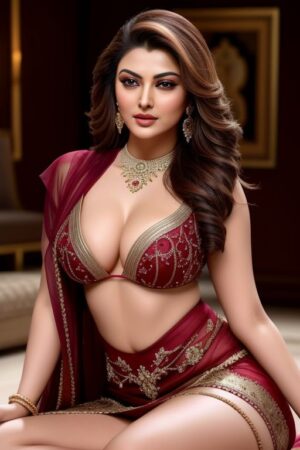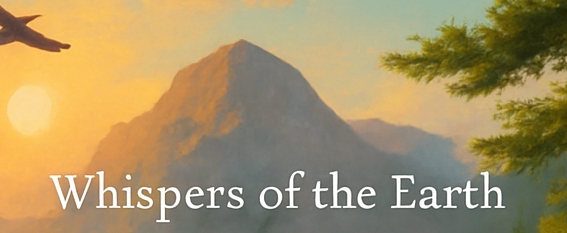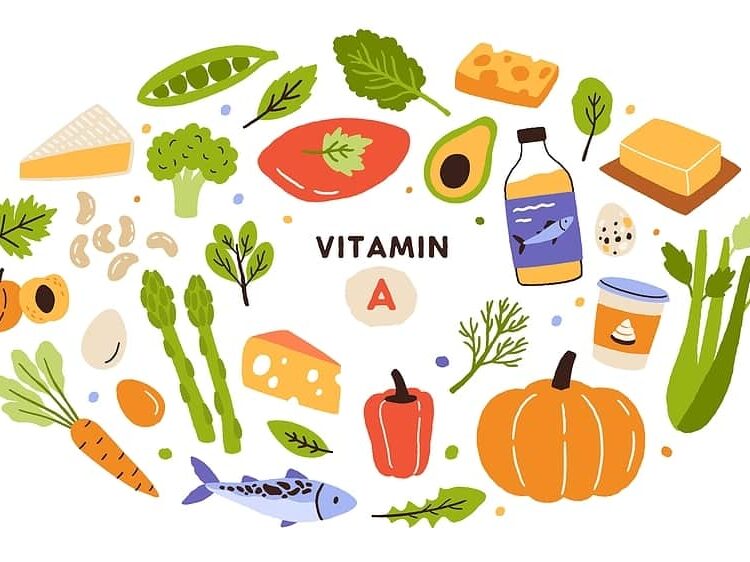In the past decade, the integration of artificial intelligence into creative industries has gone from a speculative trend to a transformative force. Among its most striking innovations is the use of AI-generated images, which are now reshaping the landscape of visual art, film, fashion, video games, marketing, and more. As AI image tools become increasingly sophisticated, their impact on the arts and entertainment industry is both expansive and controversial—raising important questions about creativity, authenticity, copyright, and the role of human artists in an increasingly automated world.
1. The Emergence of AI Image Tools
AI image generation is powered by deep learning models, especially generative adversarial networks (GANs), diffusion models, and transformer-based architectures. Tools like Midjourney, DALL·E, Stable Diffusion, and Runway have democratized access to visual creativity. With just a few lines of text, users can generate hyper-realistic portraits, surreal dreamscapes, concept art, or mimic specific art styles—previously requiring hours, days, or even weeks of labor from skilled artists.
This ease of creation has fundamentally changed the creative workflow across industries.
2. AI in Fine Arts
In the fine arts world, AI has become both a collaborator and a challenger. Artists now use AI not just as a tool, but as a co-creator. For example, artist Refik Anadol uses data and machine learning to create immersive AI-generated art installations that blur the line between organic creativity and algorithmic intelligence. Similarly, digital artist Robbie Barrat has used GANs to reinterpret classical art forms.
At auction houses, AI-generated works have even entered the elite circle of high-value art. In 2018, a portrait generated by the French collective Obvious using GANs sold for over $400,000 at Christie’s. This sale not only validated AI art as a legitimate form but also sparked intense debate over authorship and artistic value.
3. Film and Animation
The film industry is perhaps one of the biggest beneficiaries of AI-generated imagery. Concept art, set design, character models, and even storyboarding are being increasingly augmented—or entirely produced—by AI tools. Directors and producers can now explore hundreds of visual directions at a fraction of the cost and time it would traditionally take.
AI can also assist in visual effects (VFX), aging or de-aging characters, filling backgrounds, and even generating synthetic actors. While still evolving, the idea of AI-generated extras or virtual actors opens new possibilities for production—especially for sci-fi, fantasy, and animated films.
Furthermore, AI is being explored for automatic color grading, visual continuity checks, and mood-based scene generation, adding to the efficiency and creative scope of the production process.
4. Gaming and Virtual Worlds
In video game development, AI-generated images are used for everything from environmental design to character creation and textures. World-building, a time-intensive task, is becoming more agile with tools that can instantly generate detailed maps, skies, landscapes, or otherworldly terrain.
Studios are also using AI for procedural content generation, enabling infinite variations of in-game assets. AI allows for more dynamic storytelling as well, where player choices can be visualized in real-time with freshly generated scenes or characters.
As games increasingly blend with virtual and augmented reality, AI image generation supports the creation of highly immersive environments without requiring massive manual effort.
5. Fashion and Design
In fashion and advertising, AI-generated imagery is opening bold new avenues. Brands are creating AI-generated models and outfits to test new lines virtually before production. AI can also simulate entire fashion shoots without a camera—combining product designs with imagined environments and models.
This has extended to influencer marketing as well. Virtual influencers like Lil Miquela—a synthetic character with millions of followers—are created using AI-assisted imagery and animation, raising philosophical and ethical questions about authenticity and representation.
6. Music and Album Art
Even in music, the visual component—album covers, tour visuals, and promotional content—is being enhanced through AI-generated art. Musicians and producers are tapping into the surreal and unconventional aesthetics offered by AI to match the tone of their music in new ways.
Some artists are even releasing fully AI-generated music videos that combine generated footage with lyrics, motion, and design, crafting a novel hybrid of visual storytelling.
7. Advertising and Marketing
Marketing agencies are increasingly using AI-generated images to create targeted ad visuals, social media content, and promotional materials. The ability to rapidly produce unique and customized visuals allows for hyper-personalized campaigns.
Additionally, AI tools help generate visual A/B testing content, enabling marketers to test different aesthetics and concepts efficiently and cost-effectively.
8. Ethical and Legal Considerations
With AI-generated images entering the mainstream, the industry is facing complex ethical and legal challenges:
- Authorship and Copyright: Who owns an AI-generated image—the person who typed the prompt, the creator of the model, or the AI itself? Current laws are struggling to catch up.
- Plagiarism and Style Mimicry: AI tools often train on existing art, sometimes replicating styles without permission. This has caused outrage among traditional artists whose work is “scraped” without consent.
- Job Displacement: While AI can empower creativity, it also raises concerns about the displacement of illustrators, designers, and visual artists, especially in freelance and concept art roles.
- Representation and Bias: AI-generated imagery can reflect and amplify biases present in its training data, leading to issues in representation, stereotyping, and the perpetuation of harmful visual narratives.


9. The Future of Creative Collaboration
Rather than viewing AI as a replacement, many artists and creators are beginning to embrace it as a collaborative partner. The future may lie in “centaur creativity”—a symbiotic relationship between human intuition and machine intelligence. Just as photography didn’t end painting, AI isn’t likely to end human art. Instead, it redefines the landscape.
Art schools are even beginning to teach prompt engineering, ethical AI use, and hybrid workflows, preparing the next generation of creatives for an AI-augmented world.
Conclusion
AI-generated images are no longer a novelty—they are a pivotal force reshaping the creative world. In the arts and entertainment industry, this technology is opening new horizons, enhancing productivity, and pushing the boundaries of imagination. At the same time, it forces us to rethink age-old notions of creativity, originality, and authorship.
As the tools become more accessible and powerful, the real question may not be if AI will change the arts, but how we as humans will choose to wield it. Will we use it to elevate our creativity—or let it replace our humanity?
